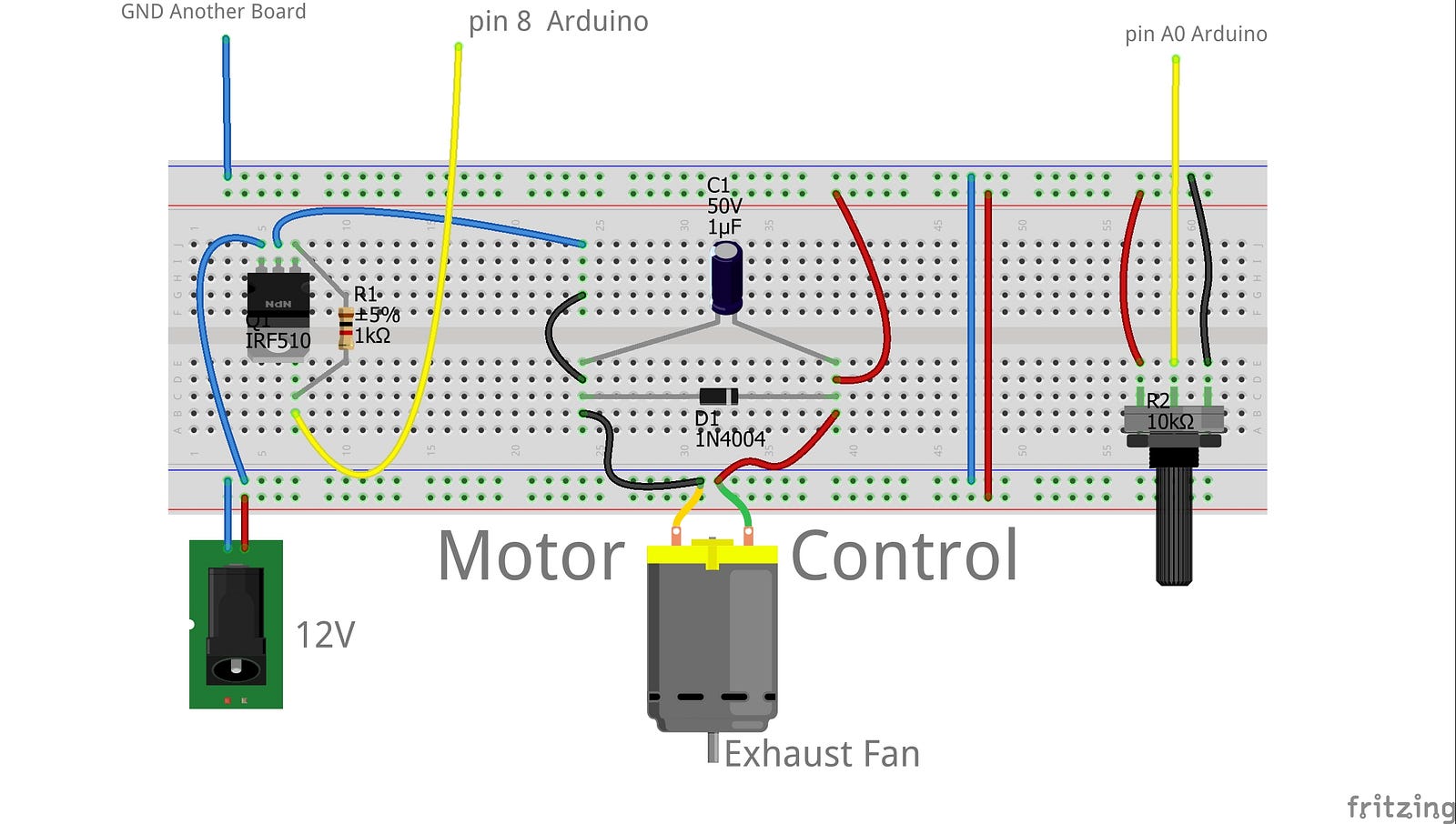Pid Regulyator Na Arduino

Apr 14, 2018 PID Control with Arduino. The demo uses a 3D printer hot end, a thermocouple, a MAX6675 that reads the thermocouple, and an Arduino. There’s also an LCD display and a FET to control the heater. The idea behind a PID controller is that you measure the difference between the current temperature and the desired temperature known as the setpoint. We will use the Arduino PID Library by Brett Beauregard and Front-End v03 using Processing.org version 3. We capture the fan speed by means of an Reflective IR Sensor with 330R and 100K Resistors.
A feedback system is a system wherein part of the output is “fed back” to the input. Download film magic hour 2015 bluray full movie. For example, you could have a project that controls the fire in the furnace. You want to maintain the temperature in the furnace to a certain set point. A sensor installed in the furnace determines the temperature at any time. This sensor, in this case, provides the feedback as a reference on how much the temperature of the furnace must be increased or decrease.
The difference between the feedback sensor value and a temperature set point is called error. Proportional Control Proportional control refers to an adjustment that is proportional to how much the error is. Let’s say the controller in our example is an electronic valve for controlling the fuel to the furnace.
If the error is small, the valve will release a small amount of fuel so that the set point and the feedback matches. If the error is large, the valve must release more fuel. Integral Control Proportional control produces offset in its correction due to disturbances. The Integral controller has the ability to remove this offset and bring back the error to zero.
Such controller produces an adjustment that is based on the accumulated error over time. Without integral control, the system can’t deal with trends on errors. Using our previous example, an offset may be present when the fuel valve didn’t return to its original position when it increased then decreased its fuel output. The integral controller will detect this, and will turn the fuel valve to its original position. Derivative Control Finally, Derivative control deals with the rate of change of the error. If integral control looks at the history of the error, derivative control predicts the error. Basically, the amount of correction will be based on how fast the error is changing.
This type of controller works best with dynamic errors in which both proportional and integral controllers can’t deal with. Let’s say the temperature in the furnace goes from 130 °C to 140 °C against a 120 °C set point in 2 seconds.
The proportional and integral controllers will respond to the magnitude of the error, but it will have a hard time catching up to how fast the error occurred. This will be dealt with by the derivative controller because it has been looking at the rate of change of the error from the beginning. A feedback system with a PID controller is illustrated below: Here the input variable or set point is r(t), output variable is y(t), controlled variable is u(t) and the error is e(t). Continuing with our furnace example, r(t) would be the desired temperature and y(t) is the actual temperature; e(t) is the difference between the desired temperature and actual temperature; u(t) is the sum of the corrections from the P, I and D controllers which is fed to the plant which is the fuel valve. Note that a PID controller is not usable out of the box.
Tuning must be done to ensure that the desired performance is achieved. This is done by carefully changing K constants as shown on the diagram above. These constants must be determined beforehand and changed according to the actual response of the system until the optimum values are achieved. Implementing PID in Code To implement a PID controller in a code or an Arduino sketch, five parameters must be known: proportional, integral and derivative constants, input value and set point value. PID computation must be inside a looping function.